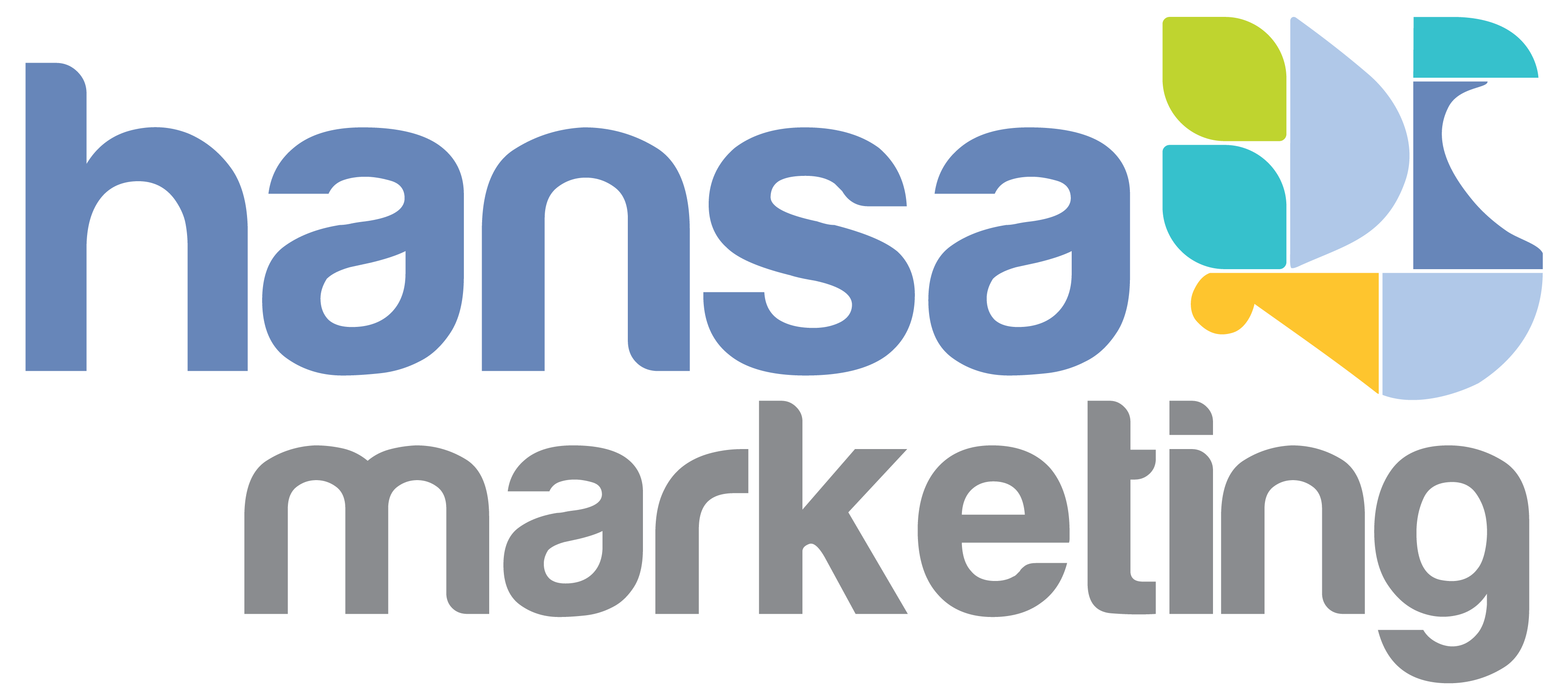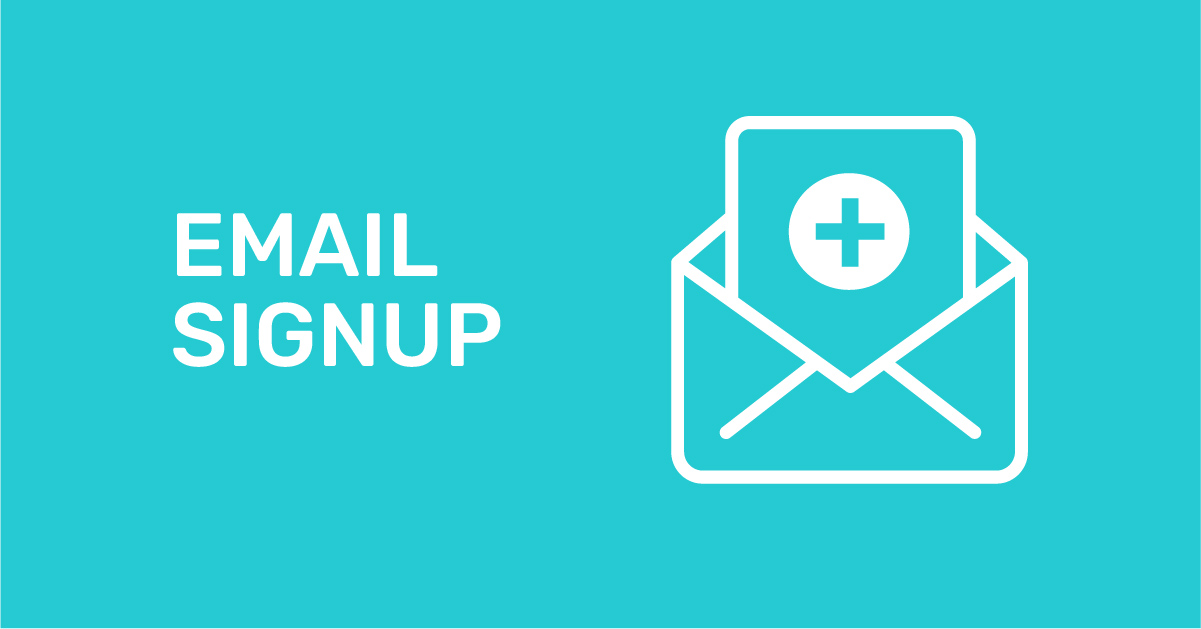What brands do with the 1P data they collect is the key to success. What customers share with the brand is not nice-to-know information. It’s customers telling brands two things - What they expect to get back and their level of trust. The greater the brand trust, the more customers will divulge.
Many email programs collect lots of 1P data. Customers expect value in exchange for creating a login, building a profile and sharing what they want. The way brands start the conversation is called a welcome email and the best come in streams of communications, not just one automatically generated “hello” from a robot. From our experience working with hundreds of email marketers, here are the best practices:
- What happens after signup? A welcome message triggered upon signup is good, but what comes next is more important. The best brands consider these campaigns over time in a stream of communication
- Use the 1P data customers share. The best brands have a formal email welcome campaign, built to nurture the customer relationship. These emails help users get started with suggestions and ideas. They are designed to encourage people to re-engage. They take the opportunity to remind users what they signed up for, and may repeat back 1P data. The email program then uses customer data to customize the relationship
- Let's get personal. The best brands make their email campaigns completely personalized using 1P data. For example, different customers get different offers, messages, creative assets and cadence and this begins from the welcome stream. Check out this great example...
Nordstrom’s welcome stream explains the benefit of the email program as well as its loyalty program and is customized to reflect recent purchases

What kind of first-party (1P) data does the brand collect on signup? When customers signup for email, they are telling the brand what kind of conversation they want to have. Take this best practice from Home Depot.

Home Depot asks whether its customer is a pro upon signup, which will make a big difference in the type of email. In fact, professionals use email in a fundamentally different way, so signup and welcome stream is the best place to establish this, and not spam subscribers with irrelevant emails.

Home Depot also is driving new subscribers to an account page to choose the kind of communication they want to receive. This is not a trick. The best brands are using signups and welcome emails to set expectations. The best practice is to build a preference center.

In this example, Sephora is capturing a new subscriber’s preference of the frequency and type of email. I love that they have a link called “See sample email” which shows they are being transparent
The better the welcome stream, the more the relationship will last beyond the “hello” phase.
Hansa is an email marketing agency; call us, we'd be delighted to share more examples



